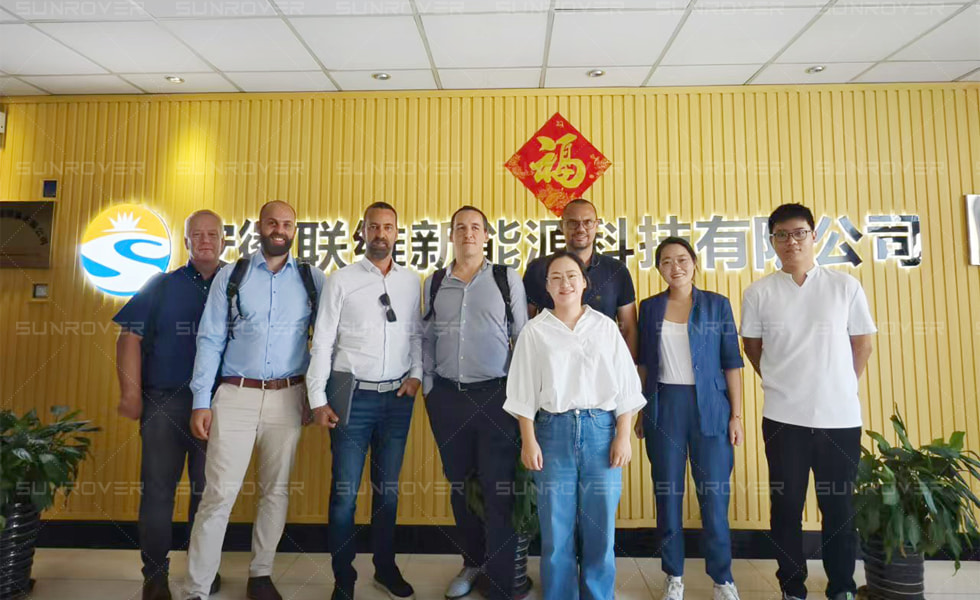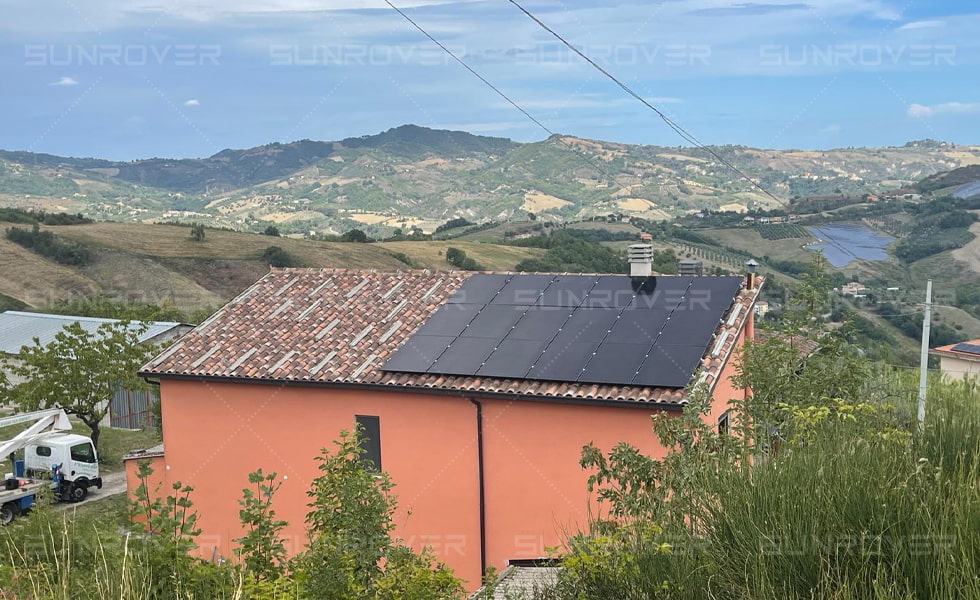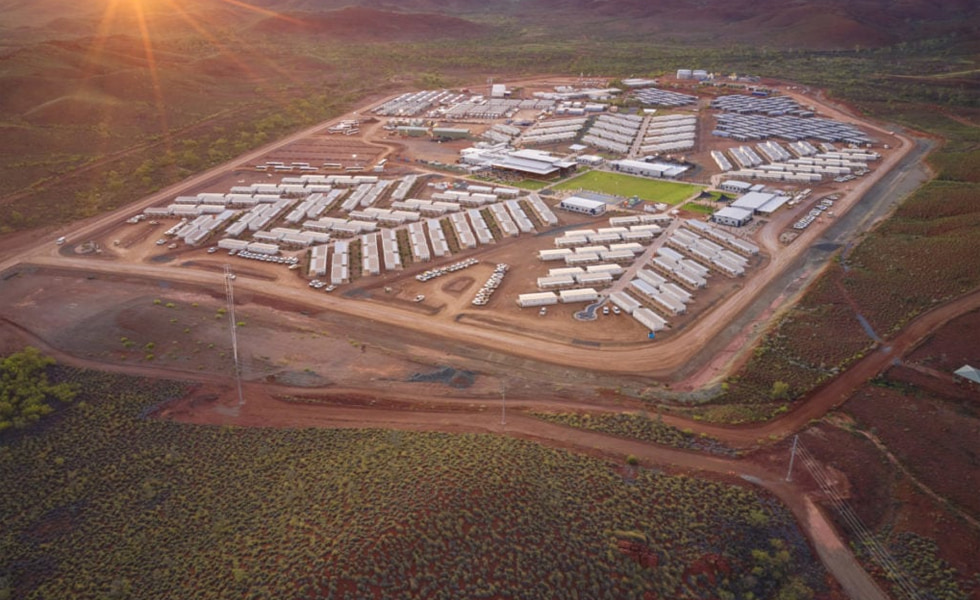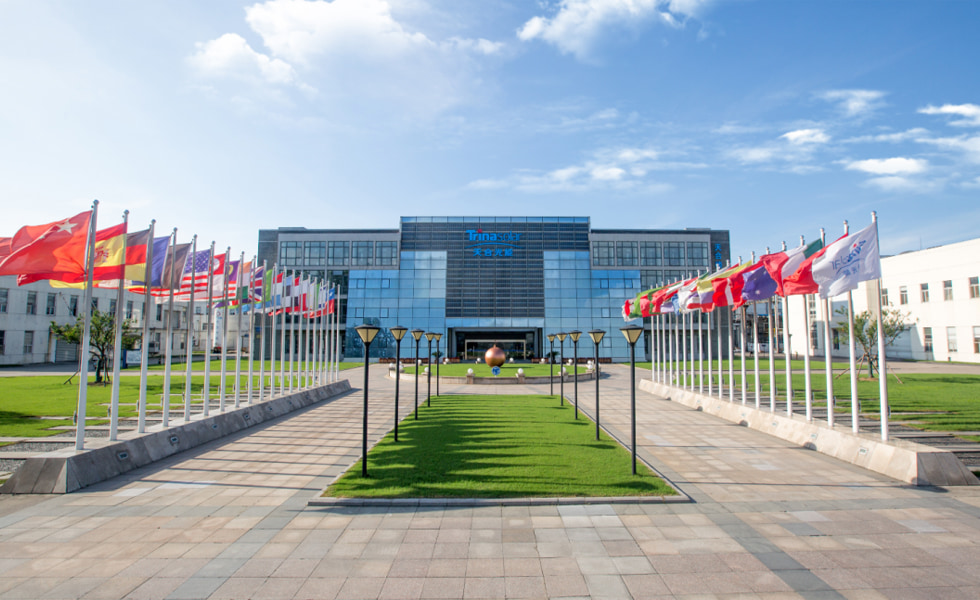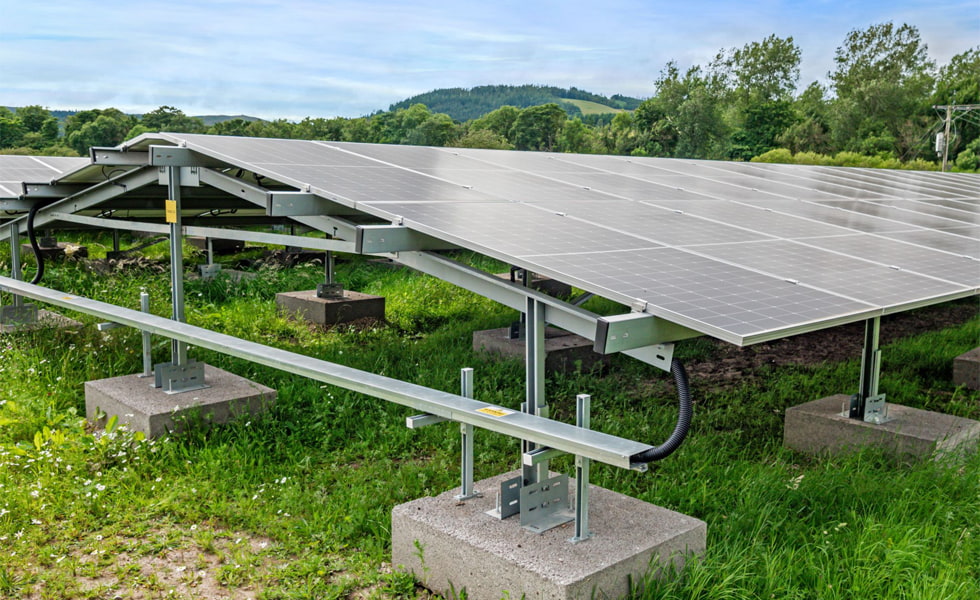180GW! Central and Europe may usher in a new photovoltaic growth pole!
September 05, 2024
According to energy think tank Ember, Central European countries have the potential to deploy up to 180GW of agri-solar projects. In a study of four Central European countries (Czech Republic, Hungary, Poland and Slovakia), Ember estimated that up to 39GW of agri-solar PV could be deployed above agricultural products that shade crops, such as berries, and an additional 141GW of PV could be deployed by placing vertical panels between the grains. Between the four countries, deploying 180GW of agri-solar projects could almost triple the region's annual renewable electricity production, from 73TWh to 191TWh. Combining solar PV with agricultural land for food production could also bring benefits to crops, increasing fruit and berry yields by up to 16%. Less shade-tolerant crops, such as wheat, could still achieve more than 80% of their usual yields. Although there would be some food losses, farmers would still be able to offset some of their income by selling electricity, given that the four Central European countries account for 20% of EU wheat production. Food production in these countries, including wheat production, is at risk due to the deteriorating financial situation of farmers, the impact of climate change and volatile fertilizer prices. The benefits contrast with recent bans by the Italian and Ontario governments on ground-mounted solar PV projects on agricultural land. In Italy, the ban is intended to protect Italy’s productive agricultural land, a move that could cost the country up to €60 billion ($66.5 billion) in lost private investment and tax revenue. Legislation is key to agri-solar deployment Legislation is a key factor in realizing the potential and benefits of agri-solar projects in Europe, but due to the lack of a unified definition of agri-solar projects, legislation is needed to address this issue. The Ember report said that legislation on agri-solar needs to ensure that agricultural land can maintain its original characteristics after the installation of any agri-solar project, so that it continues to qualify for agricultural subsidies under the Common Agricultural Policy. Facilitating the deployment of agri-solar requires efficient spatial planning and simplified permitting and grid connection procedures. The report argues that agri-solar legislation should prioritize and encourage continued food production, allowing farmers to benefit from agri-solar, both for food and to improve their financial situation. Dr. Paweł Czyżak, Ember’s Regional Director for Central and Eastern Europe, said: “Instead of reducing food production, agri-solar can actually increase the yield of certain crops. Agri-solar combines the advantages of electricity production and food production, protecting valuable agricultural land while promoting energy transition and benefiting society and the economy. Governments such as the Czech Republic, Hungary, Poland and Slovakia can seize the opportunities of agri-solar to simultane...


